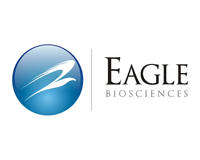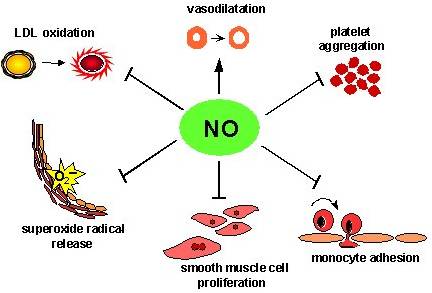
We spend so much time trying not to get sun exposure so we can prevent skin cancer only to find out that as a result we are not getting the vitamin D we need.
So what’s the deal? Are we going to become feeble with a lack of vitamin D? It turns out that not getting enough of this super vitamin could lead to several medical conditions/diseases. Read more
In
fact, here are 10 reasons to keep up your vitamin D
levels:
Several Types of Cancers
High Blood Pressure
Heart Disease
Depression
Fibromyalgia
Chronic Muscle Pain
Bone Loss
Diabetes
Other Autoimmune Diseases Such as Multiple Sclerosis
And last but certainly NOT least…
Alzheimer’s and
Dementia
In a recent study, individuals over age 65 had their Vitamin D levels tested and then they were followed for a number of years:
During
this follow-up period, 171 of the participants developed dementia and 102
participants developed Alzheimer’s disease. The researchers found the
participants with low levels of vitamin D were 53% more likely to develop
dementia, and those who were severely deficient were 125% more likely, when
compared with participants with regular levels of vitamin D. Read more
This research is intriguing because Alzheimer’s is killing more people each year, in fact even
more than prostrate cancer and breast cancer combined. Recent research in this area has revealed
that this disease is caused by a build up of abnormal proteins such as
beta-amyloids in the brain.This leads
researchers to believe that genetic testing (for APOE) for early intervention
and therapy that will either decrease amyloid-beta production or increase the
degradation of these proteins could be beneficial to these patients. Read more
Alzheimer’s is extremely
underfunded especially when compared to other areas of research. Scientists are making some head way in this
area but the lack of funding is dramatically hindering the path to a cure.
So we ask all of you…Shall we tackle
this problem like supporters of the ALS foundation did with the Ice Bucket Challenge?
Using the right timing (we might need to let
the ice bucket challenge finish its course) and the right challenge it might
work! Let us know if you have any good
ideas for such a challenge and perhaps this time lets make it involve something other than water! It needs
to be quick and/or funny and powerful! Give us ideas! Ready, Set, Go!
And if you want to donate to the
Alzheimer’s Association Click here
















